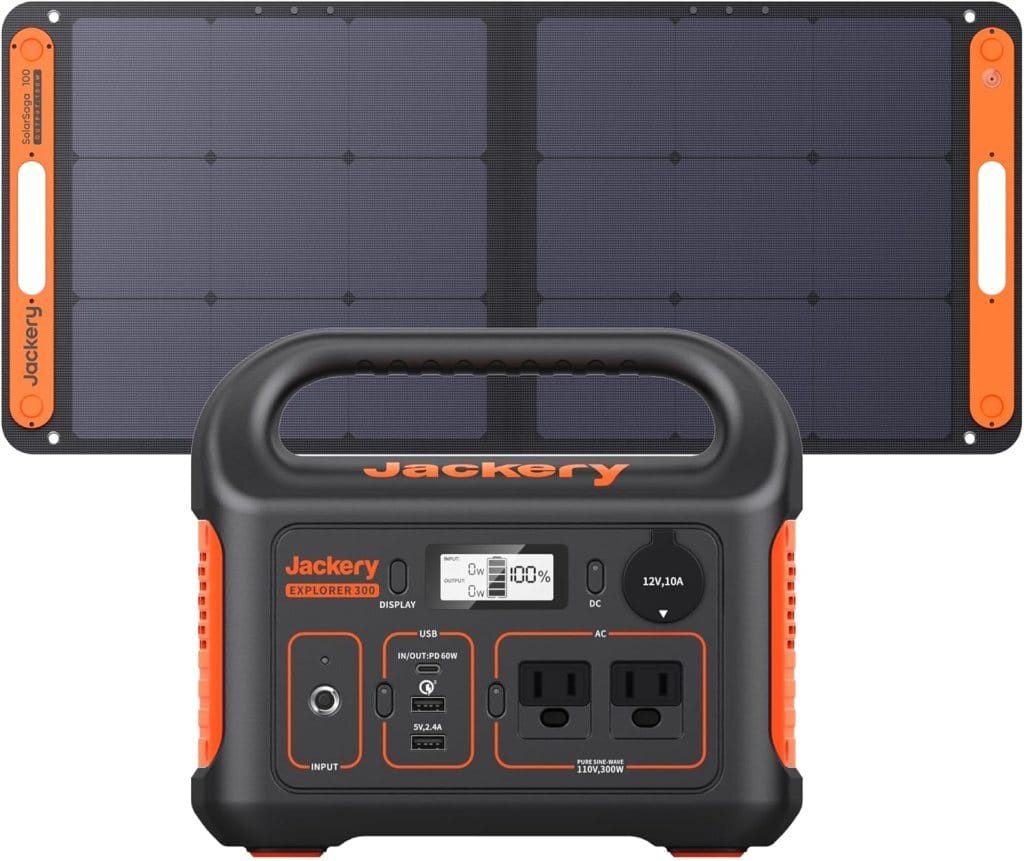- Ark's Newsletter
- Posts
- 3 Brilliant Off-Grid Side Hustles That Actually Make Money (No Wi-Fi Needed!)
3 Brilliant Off-Grid Side Hustles That Actually Make Money (No Wi-Fi Needed!)
Discover how modern homesteaders are turning self-sufficiency into real income with these simple, profitable strategies—no internet or big city needed.

Funding Your Off-Grid Homestead: A Practical Guide to Financial Freedom
Introduction
The dream of building an off-grid homestead in the middle of nowhere is thrilling, but the financial uncertainty can be daunting. How do you fund this adventure while still having time to build your homestead, all without draining your bank account? This article shares a real-life story of a family who started with just $300, a beat-up trailer, and sheer determination. Over 13 years, they created a sustainable off-grid lifestyle by combining strategic frugality with diverse income streams. Here’s how they did it—and how you can, too.

Strategic Frugality: The Foundation of Financial Freedom
The cornerstone of off-grid living is a mindset shift: a dollar saved is worth more than a dollar earned. Strategic frugality isn’t about being cheap—it’s about resourcefulness. Before purchasing anything, ask: Can I make it? Can I salvage it? Can I find an alternative?
Repurpose Materials: Old barnwood can become a chicken coop wall. Learn to repair tools and appliances instead of replacing them.
DIY Solutions: Tackle projects yourself to plug financial leaks. This reduces the income needed to sustain your homestead, freeing up time for building your dream.
Practice Early: Start honing this frugality muscle now, whether you’re in the city or already on your land. It’s a skill that pays dividends.
By minimizing expenses, you reduce the hours you need to work, giving you more time for homesteading projects.
Income Stream 1: Leverage Your Skills in the Community
Your existing skills—or ones you can quickly learn—are your first income source. Rural communities often lack specific services, creating opportunities to fill gaps.
Start Local: Use platforms like local Facebook groups or Craigslist to offer services like electrical work, plumbing, or handyman tasks. Post flyers at gas stations or community boards.
Build a Reputation: Reliability is key in rural areas. Show up, do good work at a fair price, and word-of-mouth will spread.
Learn on the Fly: If you don’t know a skill, watch tutorials (thank you, YouTube University!) or trade labor with someone who can teach you.
Stay Flexible: Schedule small jobs around your homestead projects. These quick cash injections can cover urgent needs like lumber or repairs.
Example: An electrician turned handyman learned plumbing and fencing through local jobs, while his wife, a musician, taught music at local schools. Check local handyman laws to avoid fines, as some jobs may not require a contractor’s license.

Income Stream 2: Value-Added Products from Your Land
Turning your homestead’s bounty into products can generate income, though it takes time to establish. Start small and focus on value-added goods for higher profits.
Begin Modestly: Sell extra eggs or vegetables at a farm stand with an honesty box.
Create Value-Added Products: Turn berries into jams, goat milk into soap, or propagate fruit trees for sale. These fetch higher margins than raw produce.
Explore Niches: Grow microgreens for local restaurants or sell homemade skin creams. One family’s “carry butter” cream became a local hit.
Be Patient: Building a reputation and systems takes one to three years. Avoid competing with neighbors—find unique niches to add value to your community.
Pro Tip: Selling to local markets or restaurants ensures steady demand with minimal startup costs.

Income Stream 3: The Online Anchor
Remote online work offers flexibility and low barriers to entry, making it ideal for homesteaders. You don’t need to be an influencer to make it work.
Use Existing Skills: A musician gave lessons via video calls, while a former salesman did remote consulting. Virtual assistant work, medical billing, or social media management are other options.
Minimal Requirements: All you need is a phone and internet. Starlink or mobile hotspots can keep you connected in remote areas.
Negotiate Remote Roles: Some employers allow existing jobs to shift online, benefiting both parties by reducing overhead.
Side Hustles: One homesteader built a podcast and video editing business, covering most expenses in just six hours a week.
Bonus: Documenting your homesteading journey online can become an income stream over time. A small following grew into a million-strong community, generating revenue through videos and custom products like knives and skin creams.
Tying It All Together
The secret to funding an off-grid homestead isn’t wealth—it’s resourcefulness and multiple flexible income streams. Strategic frugality reduces the money you need to earn, while local services, land-based products, and online work cover expenses. Each stream fills the gaps of the others, creating a resilient financial system.
Frugality First: Every dollar saved is time gained for homesteading.
Diverse Income: Combine community services, land products, and online work for stability.
Start Now: Build skills and frugality before moving to your land.
Conclusion
You don’t need a trust fund to live the off-grid dream—just determination and adaptability. This family’s journey from a $300 down payment to a thriving homestead proves it’s possible. Start with what you have, stay resourceful, and create income streams that give you the freedom to build your homestead. Your journey begins when you decide to make it work, no matter how little you start with.
